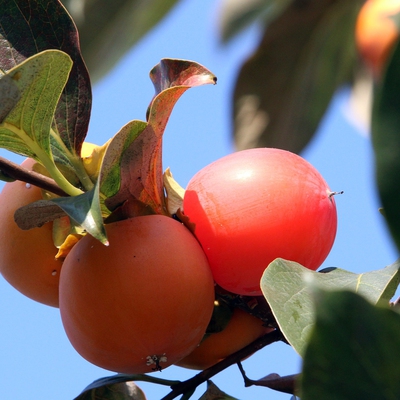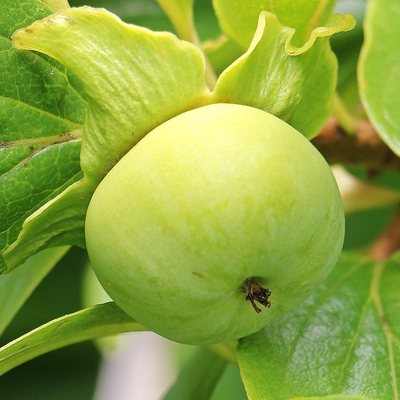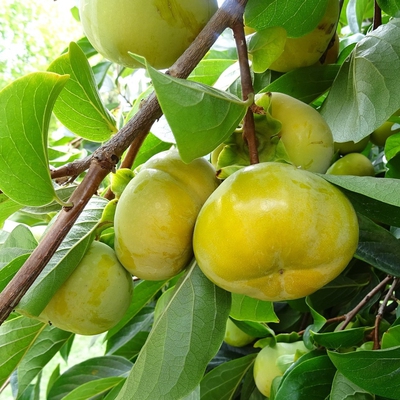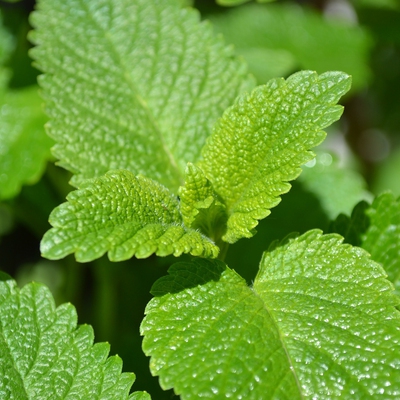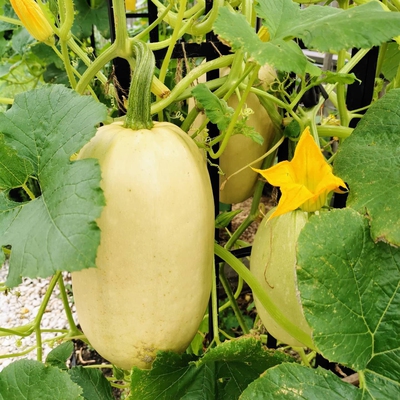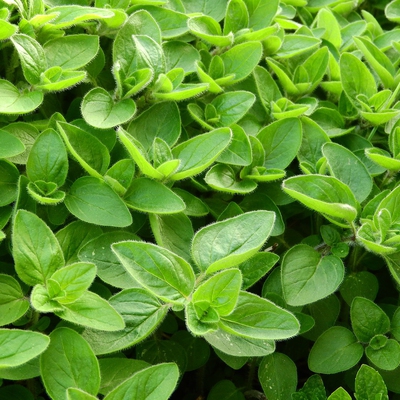Learn everything you need to know about growing Persimmons, from planting to harvesting.
 Soil
Soil
What soil is good for Persimmons?
Persimmon trees prefer deep, well draining soil with plenty of compost mixed in.
Like most fruit trees, Persimmons will not tolerate waterlogged soil and will develop root rot as a result. Avoid planting in heavy clay unless the soil has been amended. Heavy soils can be improved by incorporating gypsum and organic matter and mounding the soil before planting to improve drainage.
 Position
Position
How much sun do Persimmons need?
Plant Persimmon trees in a full sun position.
 Frost Tolerant
Frost Tolerant
Are Persimmons frost tolerant?
Yes, Persimmon trees are frost tolerant.
 Spacing
Spacing
How much space do Persimmons need?
Plant Persimmon trees roughly 6m apart. Tree spacing is greatly dependent on pruning methods.
 Planting
Planting
When should I plant Persimmons?
Late autumn or early spring is the best time to transplant most dormant plants. Plants, with the exception of bare-root, can be transplanted at anytime between when the ground thaws and when it freezes (so anytime if you are in a frost free climate). However, if transplanting in the heat of summer, you'll need to be diligent in watering and provide extra shade for your plant in the first few weeks after transplanting.
Dig a hole 2-3 times the width of the root ball. The hole should allow the plant to sit at the same level in the soil as it was previously. Fill the hole with soil ensuring the crown of the plant, where roots and stem meet, is level with the soil surface.
Plant out in the early morning or evening and/or on an overcast day. Avoid planting at peak sun times or windy days, this will allow your plants to settle in comfortably and protect them from windburn and sunburn.
 Feeding
Feeding
What do I feed Persimmons?
Top-dress the soil around your Persimmon tree with well-rotted organic matter in spring, along with a balanced organic fertiliser. Add a 2-3 inch layer of mulch around the tree up to the drip line to retain moisture (be careful not to pile mulch against the tree trunk as this may lead to trunk rot and disease).
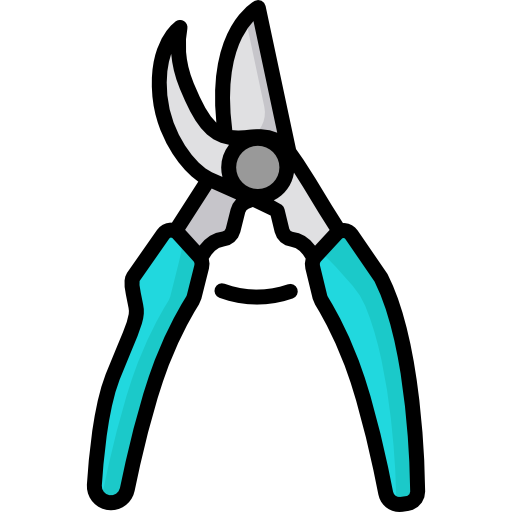 Harvesting
Harvesting
When can I harvest Persimmons?
Harvesting depends on the variety. Non-astringent Persimmons can be consumed while they are firm. Astringent varieties need to ripen until they are soft before being consumed.
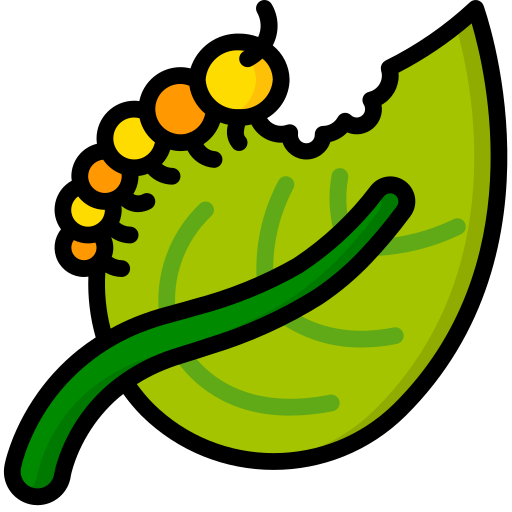 Pests
Pests
What pests do Persimmons get?
Pests that affect Persimmon trees include: Mealy Bugs, Caterpillars, Scale, Root Knot Nematode, Leaf Roller.
 Diseases
Diseases
What diseases do Persimmons get?
Diseases that affect Persimmon trees include: Armillaria Root Rot, Gray Mold, Leaf Spots, Blight, Phytophthora Root and Crown Rot, Wood Decay or Heart Rot.
 Notes
Notes
Is there anything else I need to know about Persimmons?
At the end of the season, prune your Persimmon tree in order to remove old or unproductive wood. Open up the centre to let light and air in by removing any overlapping branches, this will help to prevent disease.
 Troubleshooting
Troubleshooting
How do I troubleshoot my growing problems?
Cover trees with netting to protect the fruit from birds and fruit bats.
